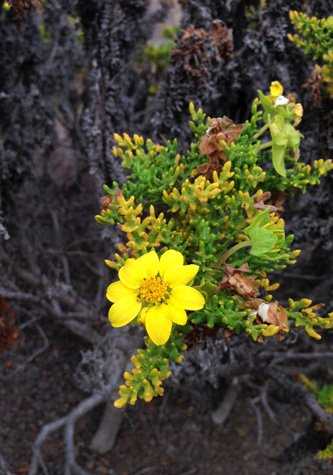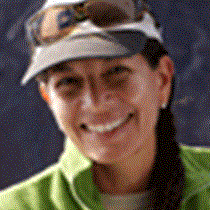Floreana, also known as Charles or Santa Maria, is a peaceful island in the southern area of the Galapagos Archipelago. It is one of the four inhabited islands, and it was the first one officially inhabited by Ecuadorians, when Ecuador took possession of the Islands in 1832. Only three years later, the famous naturalist Charles Darwin visited Floreana Island, and after him many more visitors were part of a unique and bizarre human history: from marooned whalers to prisoners and colonists, and from a toothless dentist to a self-proclaimed empress.
The island has many visitors sites, and one of them is Punta Cormorant—not named after the Galapagos flightless cormorants, as these endemic birds are not found in this location, but rather after a British navy ship, the HMS Cormorant, that was launched in 1877 and assigned in 1886 to the Pacific Station (an area along the western coast of South America and extending to the Galápagos Islands and possibly beyond).
Here, our photography groups disembarked at 6:15am, led by our Nat-Geo photo instructors Pato and Jason, who gave them hands-on advice and tips to improve their skills, while nature walk groups disembarked soon after. This site is well known for a fascinating beach of olivine sand, unique endemic and native vegetation, as well as a brackish lagoon with flamingos. Everyone was able to capture the best light of the day and of course the unique landscape, flora and fauna of Floreana.
After the walks, we came aboard for breakfast as our captain repositioned the ship near Champion Islet. This volcanic cone, with rocky shores, is home to the remnant population of the rare Floreana mockingbird, which was driven to extinction by cats, rats and other introduced predators on the main island.
We explored the islet by Zodiacs in the search of these rare and unique birds (which inspired Darwin in the formulation of his theory of evolution through natural selection) and we devoted the rest of the morning to enjoying the underwater realms with our glass bottom or by snorkeling. Hundreds of fish of different species, playful sea lions, sharks, rays and sea turtles were sighted, and our guests had the time of their life!
Following lunch, we had our first “Paper to Pearls Workshop”, as part of our special month celebrating the “Conservation in Action” program by sharing with our guests one of the most touching and successful projects from the Lindblad-National Geographic Artisan Fund. More than 30 guests participated in the workshop; including men, woman and children, and all of them enjoyed learning how to make beads out of recycle paper using our old brochures! These beads will be given to the local people, who will be able to use them to create jewelry to sell.
Later on, we spent the afternoon exploring the famous Post Office Bay by Zodiacs and kayaks, and finally landing at the famous Post Office Bay. First mentioned in 1793 by British Captain James Colnett, the Post Office Bay tradition, consists of using a simple wooden barrel to deposit postcards or letters without stamps! The next visitors will go over the correspondences and eventually collect the ones that they can hand deliver back in their countries. So far, thousands of letters and postcards have reach their destinations in this way, and we are proud to say that the older Post Office system established in the South Pacific still works nowadays!
Today is was a true journey of discovery and inspiration!







